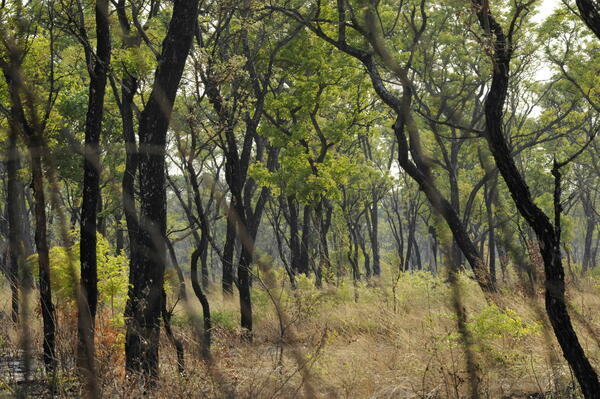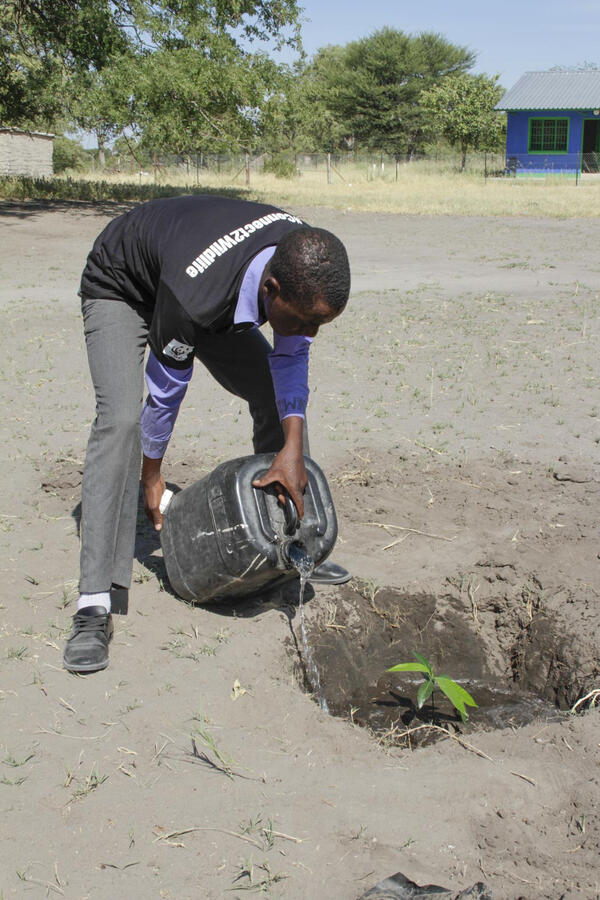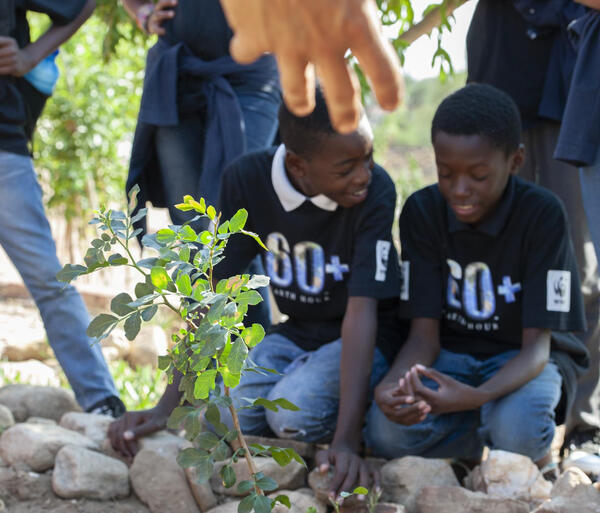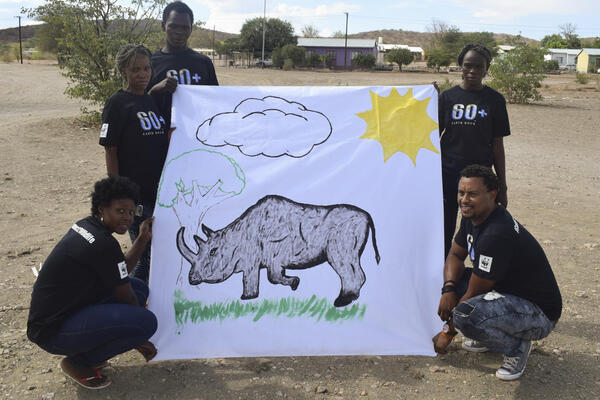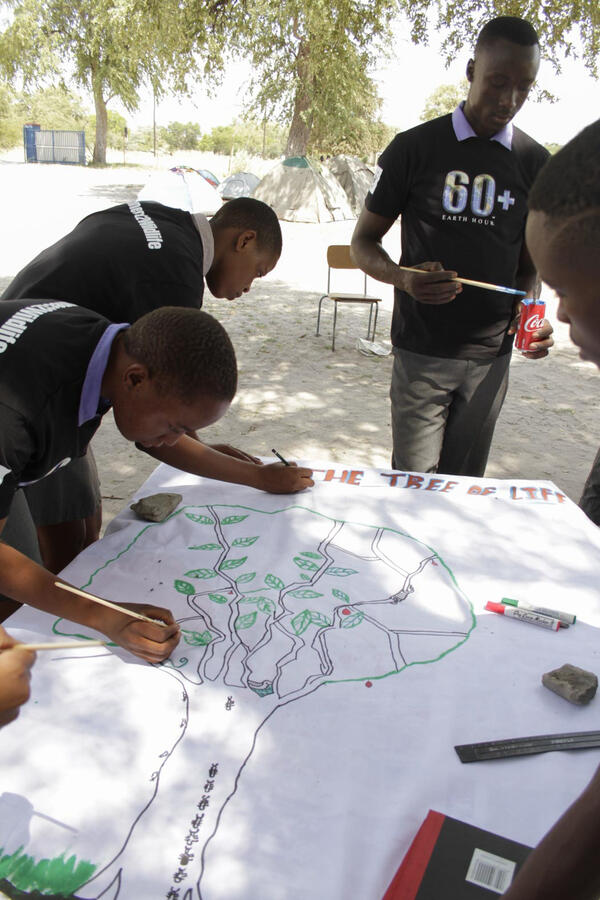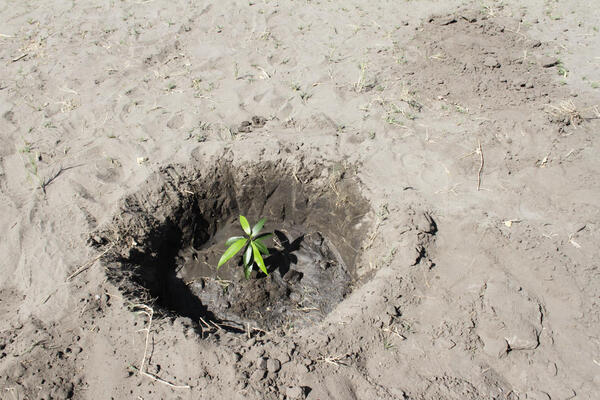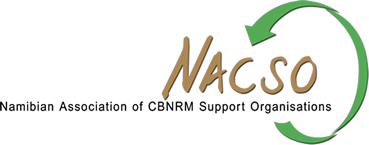
Saturday March 30 was Earth Hour, when we are encouraged to think about something that should be on our minds all the time: our environment. While WWF was assisting with tree planting in schools, Namibia’s immensely valuable hardwood trees are being “plundered”, to quote newspaper reports. The more authoritative Namibian Chamber of Environment is “deeply concerned” about the loss of woodland and precious trees, which will lead to a loss of biodiversity, will affect livelihoods, and will exacerbate global warming.
In an opinion article in the Namibian newspaper, Bernhard Tjatjara, who teaches law at the Namibian University of Science and Technology, states that: “The Namibian government has a constitutional obligation to ensure the sustainable use of living natural resources for the benefit of all Namibians, both present and future generations.” And: “It is baffling that the proliferation of logging (felling of trees) taking place in the two Kavango regions is receiving scant attention in the corridors of those with the power to stop it.”
Tjatjara has a strong point, illuminated by several recent articles in the Namibian and forcefully argued from a scientific, economic and conservationist point of view by the Namibian Chamber of Environment in a position paper.
The Chamber notes that woodlands are “extremely important at local and landscape scales for the subsistence livelihoods of local communities, and for the wildlife and other biodiversity that use these areas.”
Namibia has state and community forests, managed by government and local communities respectively. These are mostly Miambo woodland, extending north into Zambia, and are important reserves of biodiversity including trees, grasses, mammal, bird and insect populations. They are important wildlife corridors for large mammals such as elephants.
Local communities which protect forest areas also benefit from them, both directly through the sustainable harvesting of grasses and forest fruits, and indirectly from tourism, particularly in the Kavango Zambezi Transfrontier Conservation area to which, as the Chamber of Environment notes “Namibia has made an international [conservation] commitment”.
So why cut the trees?
To quote the Chamber: “Much of the current timber exploitation is done under the guise of clearing land for agricultural purposes. …. Forestry permits were used to launder other timber harvested from the State Forest and from other areas. It has subsequently emerged that a far greater number of slow-growing hardwood trees, as many as 60,000 according to an estimate by the Minister of Environment and Tourism, were illegally harvested in the area south of Rundu and west of the Khaudum National Park” – harvesting permits were issued by the Ministry of Agriculture, Water and Forestry without environmental clearance certificates, states the Chamber.
In other words: scant attention in the corridors of power.
While Namibians make a small profit by selling hardwood in the form of planks to Chinese businessmen, who go on to make a huge profit, Australia and Kenya have each promised to plant a billion trees, and the reason is clear: global warming. As the planet warms due to the accumulation of carbon in the atmosphere, it needs every tree it can get, because trees absorb and store carbon.
It will be the next generations who suffer if planet Earth warms by more than 1.5ºC, so in a small way, the next generation can make a start by planting trees at school. That was the focus of Earth Hour in Namibia on 30 March, where trees were planted at the Waldorf School in Windhoek and Sauzuo School in Zambezi Region. Kunene Region joined the action at the Welwitschia Junior Secondary school and Cornelius Goreseb High School, with assistance from the Namibia Nature Foundation, which together with SRT and WWF gave stimulating talks to learners about biodiversity and combatting wildlife crime.
The rhinos and elephants that Namibia is so keen to protect depend, as humans do, on the maintenance of biodiversity. We all need trees and the eco-system that supports them.
This week, the Natural Climate Solutions web site was launched, to promote the restoration of forests and eco-systems that can mitigate climate change and biodiversity loss. It is supported by WWF and other reputable and authoritative conservation organisations. The site presents the science behind carbon capture and storage, and is directed at governments worldwide which need to pay urgent attention to an unfolding disaster.
To give the Namibian Chamber of Environment the last word to those in power: “If Namibia is serious about addressing climate change impacts, then it needs to start at home with commitments towards protecting its own climate mitigating ecosystems. It is cynical to expect the global community to support our climate adaptation and mitigation plans if we do not have the political will to do something as simple as protect our woodlands.”
